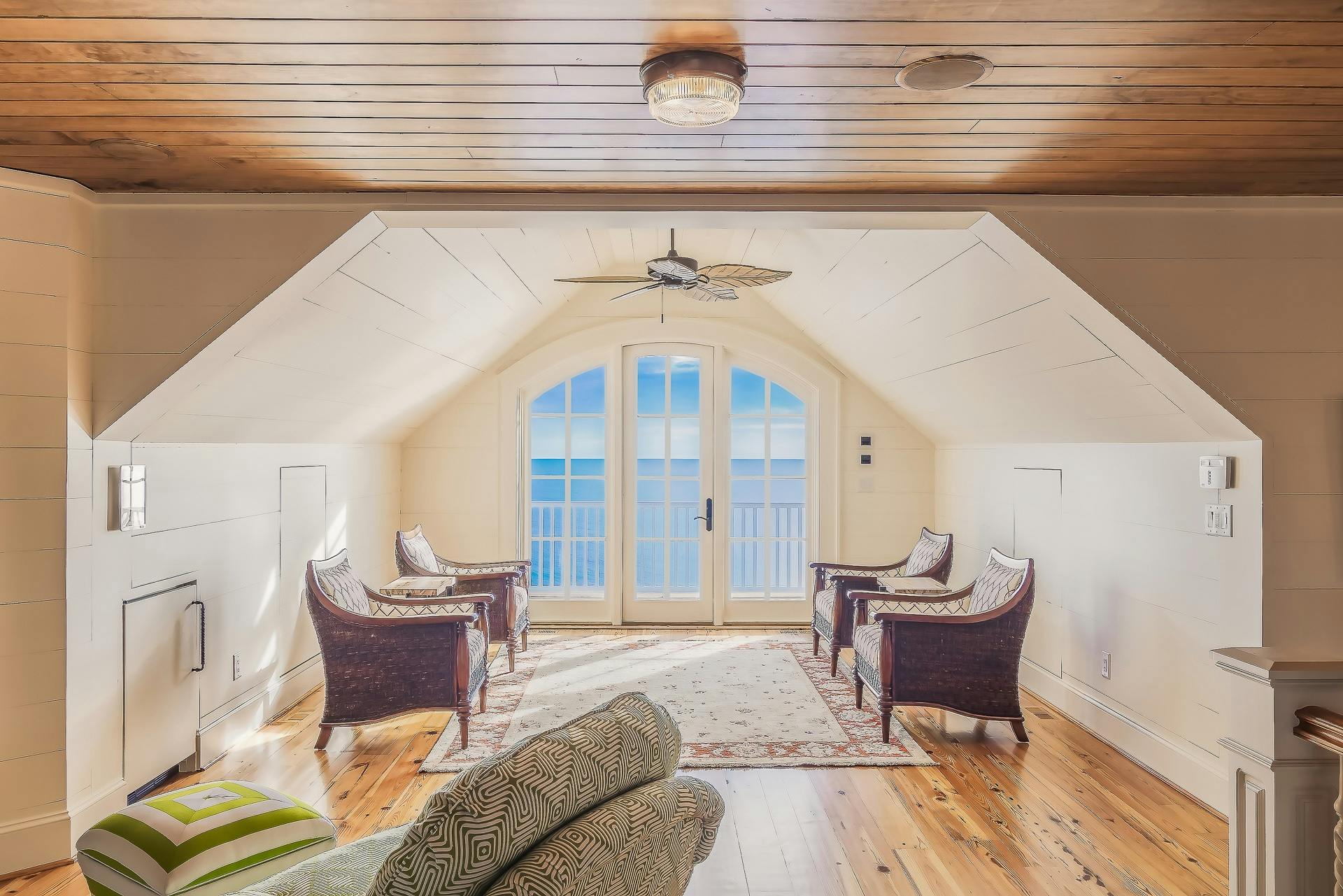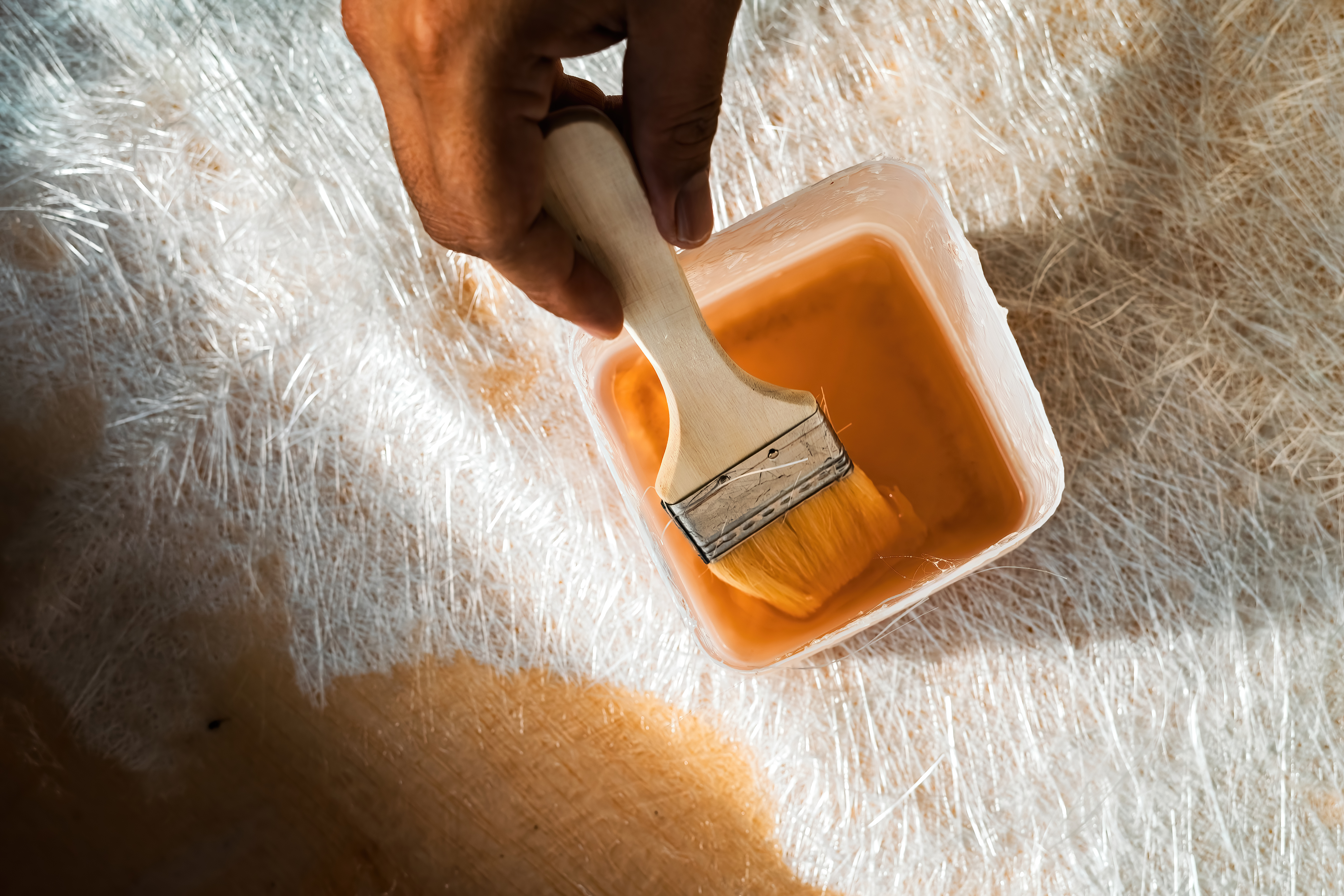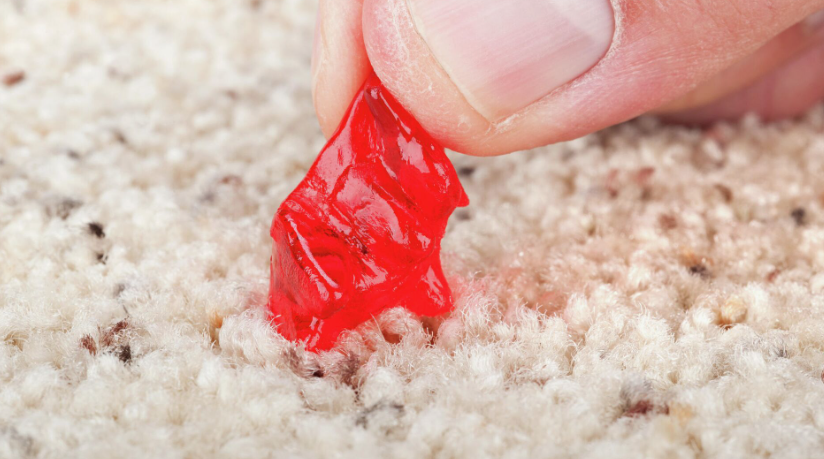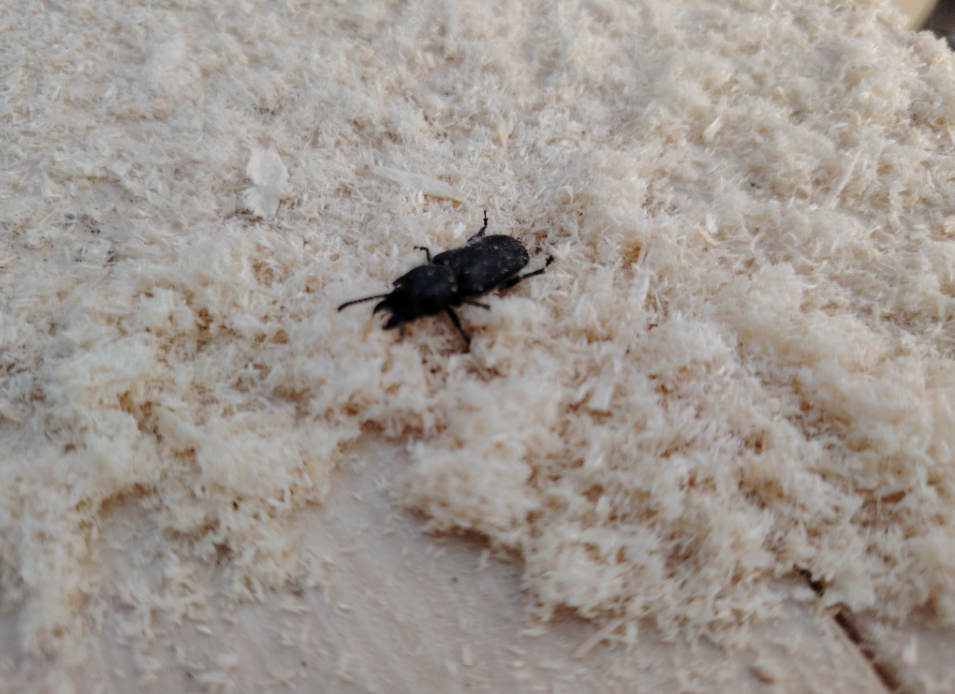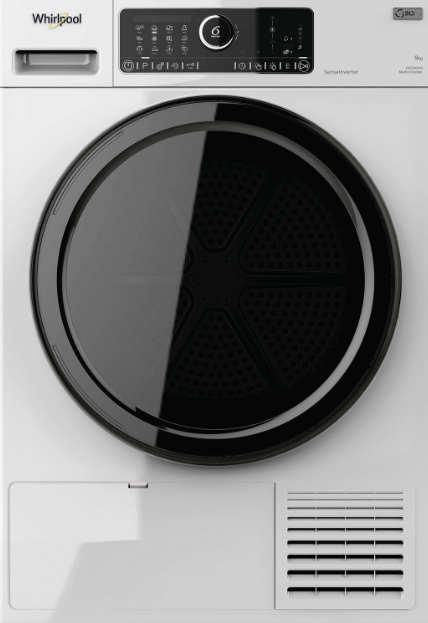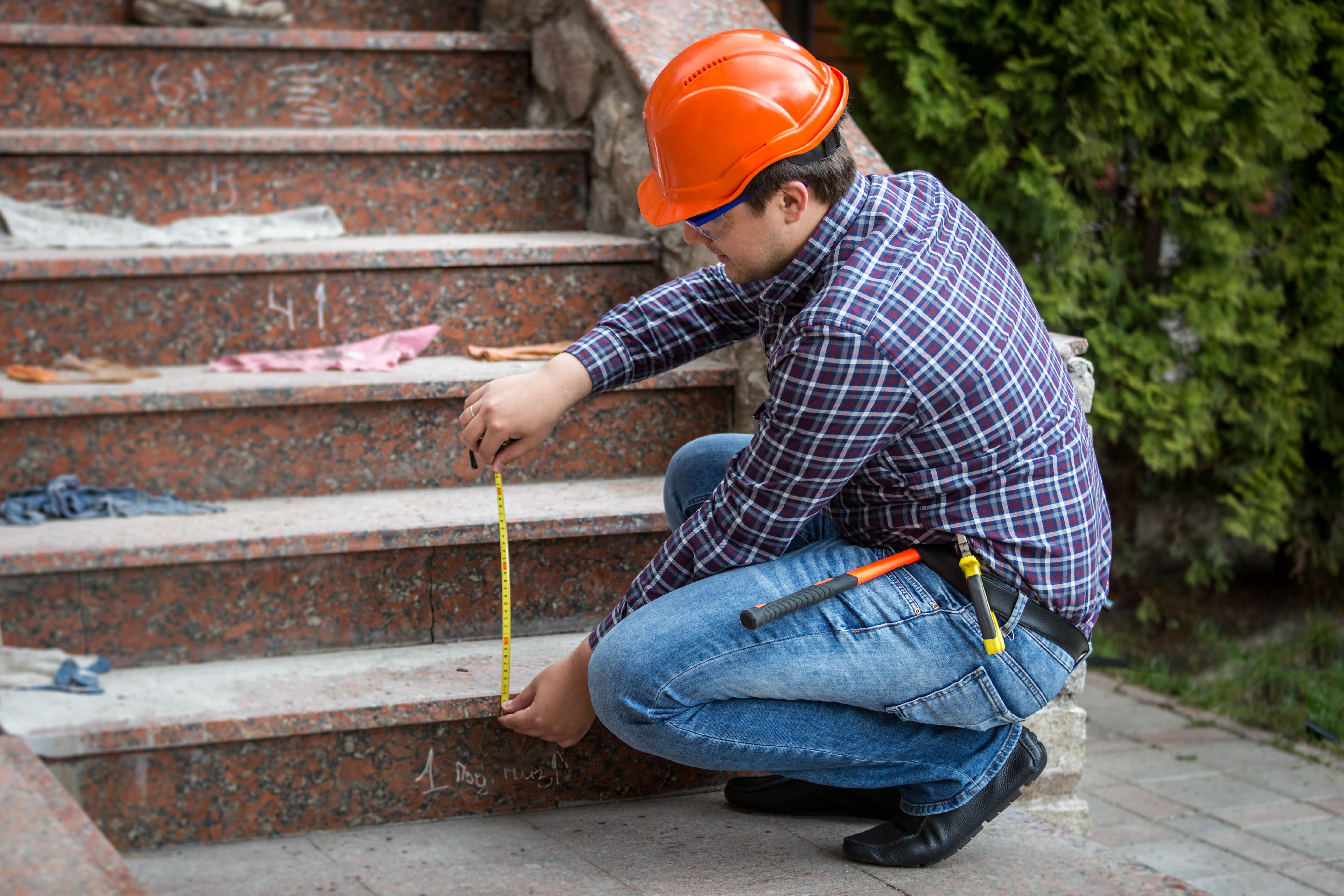
Do you want to install a stair carpet at your home but are struggling to measure the exact dimensions of the stair runner? No need to worry! Whether you have a straight or curved staircase, a half-landing or a winding one, in this blog, we will cover all aspects for you. Grab your measuring tape and something to write the measurements on, and let's get started.
Carpet On Stairs: Get A Fall-Proof Surface With A Non-Slippery Tendency
Ever wondered why carpets are important for your staircase? It not only cancels the noise, but also enhances the safety of your house. Do you have kids running around in the house? Well, carpet stairs or carpet underlay is a good method to baby-proof your house.
Here’s the list of all the materials you might need for measuring a staircase:
A measuring tape with a locking mechanism
A carpenter's square or speed square
A level to see if the surface is perfectly horizontal or vertical (level or plumb, respectively)
A notebook, a pen, or a device for note-making and record-keeping
Measure Off The Staircase: The First Step Towards Carpeting Your Stairs
Got kids in the house, or are you planning to have one? Stair runner carpet is no longer a choice, but a necessity. But first, you need to understand how to measure the stairs for carpet. Here are different types of stair runner options. We will discuss the measurement steps of each case separately.
Case 01: Straight Stairs
To measure a straight staircase for a carpet runner, you don’t need to measure each step individually rather there’s an easier and faster way. Here are the following steps:
First, measure the length/width of the tread (the horizontal part where you put your foot).
Then, measure the height of the riser (the vertical part between two treads).
After that, add the tread width and riser height together.
Multiply the sum by the total number of steps.
Example: We have a staircase with 8 steps. The length of the tread is 20 cm and the height of the riser is 12 cm. The calculations would be: Tread Length (20 cm) + Riser Height (12 cm) x Number of Steps (8) (20+12) x 8 = 256 cm |
Now, the important thing to note here is that you have to add some extra carpet underlay (5-10%) to have a wastage room during the installation process. So:
Continuation of the above example : Total Length + 5% of Total Length 256 cm + 10% (256) = 281.6 cm |
Hence, this is how you measure your staircase for a straight stair runner carpet installation in your home.
Case 02: Half-landing stairs
Now, it's time to measure the staircase having half-landing stairs. For that, again, you don't have to measure each step individually, but rather follow a simpler procedure.
Important Consideration to Note: In case of half-landings, the width of each step is similar, whether it's a simple step or a half-landing step. The difference comes in the length. |
Here are the steps you need to follow:
Measure the length of the half-landing.
After that, measure the height of the riser below.
Add both of them.
Let's take the same example with the same calculations. Length of the half-landing (60 cm) + Height of the riser (12 cm) = 72 cm |
Now, in this calculated answer, we have to add the rest of the steps’ measurements:
72 cm + 256 cm = 328 cm
Now, the last step would be to add the extra 5% carpet underlay measurement.
Total Length + 5% of Total Length 328 cm + 5% (328) = 360.8 cm |
Hence, this is how you measure your staircase for a half-landing stair runner carpet installation in your home.
Case 03: Winding Stairs
Now, for the winding stairs, follow the same procedure as explained above. But the only specification here is the angles. In a winding stair runner, you have to measure the curves as well.
For the normal steps, follow the procedure explained above.
However, for the curved part, measure each winder individually, for instance:
Winder 1 = 90 degrees over step x width at the wildest point
Winder 2 = 90 degrees over step x width at the wildest point
Winder 3 = 90 degrees over step x width at the wildest point
Now add all of the calculations together to get the total measurements for a winding stair runner carpet.
Add extra length (at least 10% or 10-12 cm each step) to your measurements to allow for trimming and fitting.
Conclusion
Hence, in a nutshell, this is how you measure the dimension of stair carpet by first, measuring the tread length, then noting down the height of the riser, adding them both, and lastly, adding 10% extra carpet underlayment for room for adjustments (fitting and trimming). However, there are some specifications for half-landing stairs and winding stairs as explained above.
FAQs
- What is a staircase tread?The tread is the horizontal surface of the stair runner where you put your feet.
- How to measure the tread of a stair runner?Measure both the width (horizontal distance across the tread) and depth (the distance from the front edge of the tread to the back edge where it meets the riser) of the stair tread.
- How much does it cost to install a stair carpet runner?The cost to install a stair carpet runner lies between $400 - $1500.
- How much time would it take to measure the staircase and install the carpet?To measure the staircase: 30 minutes to 1 hour To install the carpet: 1 to 4 hours
- Should I diy install the carpets or hire a professional?For a straight staircase, you can diy install the carpet, but for complex structures like winding stairs or curved ones, it's recommended to hire a professional for precision and efficiency.

About Author : Eagan Taylor
Hey! I'm Eagan Taylor, I'm a versatile writer with a passion for crafting engaging and thought-provoking content. With a broad range of interests and expertise in various subjects, I can write on multiple topics about local businesses.

